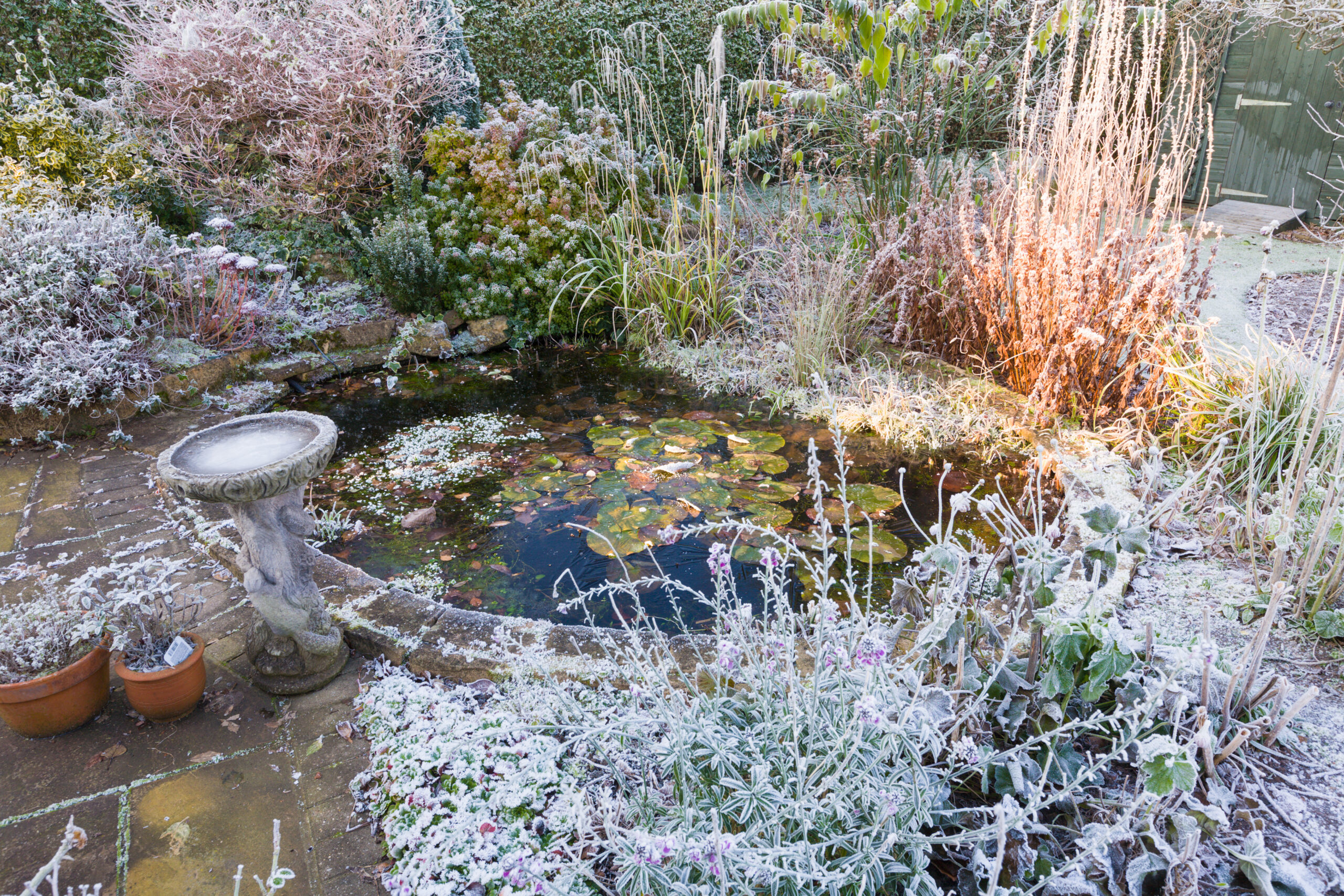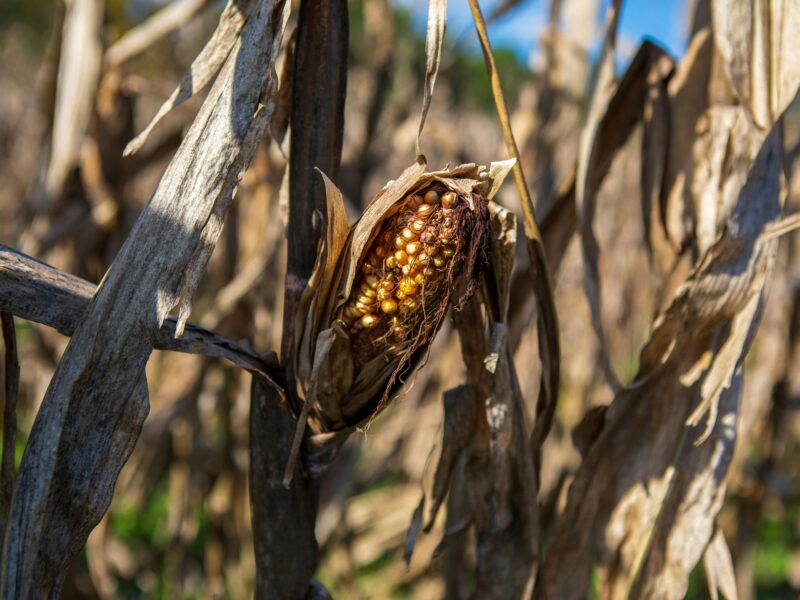Winter casts a spell over the garden, transforming it into a serene landscape of quiet beauty and rest. Yet, beneath this peaceful exterior, the harsh conditions of frost, snow, and chilling winds pose significant challenges for plants and wildlife. Protecting your garden through these frosty months is essential for ensuring its revival in spring. This comprehensive guide outlines strategies to safeguard your garden, allowing it to emerge from winter’s grasp as a testament to resilience and preparation.
Understanding Winter’s Impact
Winter’s cold can be both a benefactor and a bane to the garden. Some plants require a period of dormancy triggered by colder temperatures to bloom abundantly in spring. However, without proper preparation, the cold can damage plant tissues, desiccate evergreens, and kill tender plants. The key to a garden that withstands winter lies in understanding its impacts and implementing protective measures.
Pre-Winter Preparation
1. Garden Clean-Up: Begin by removing dead annuals and harvesting any remaining crops. This not only tidies the garden but also reduces habitats for pests and diseases to overwinter.
2. Soil Enrichment: Incorporating organic matter such as compost or well-rotted manure into your soil can significantly enhance its structure and fertility, providing a better environment for root systems to survive the cold.
3. Mulching: Applying a thick layer of mulch around perennials, shrubs, and trees helps insulate the soil, maintaining a more consistent temperature and reducing the risk of freeze-thaw cycles that can heave plants out of the ground.
Plant Protection
4. Wrapping and Covering: Tender shrubs and young trees may need extra protection. Burlap wraps can shield them from damaging winds and heavy snow, while floating row covers can provide a few degrees of warmth to more delicate plants.
5. Strategic Planting: Choosing native or hardy plants suited to your climate zone can dramatically increase the garden’s resilience. Consider the microclimates within your garden when placing sensitive plants, such as using the shelter of a wall or fence for warmth and protection.
6. Watering Before Freeze: Ensuring your plants are well-hydrated before a freeze can prevent desiccation. Water acts as an insulator within the plant tissues, offering some protection against cold damage.
Supporting Wildlife
7. Feeding Birds: Keeping bird feeders stocked not only supports the birds that remain in your area over winter but also keeps them around to help with pest control when spring arrives.
8. Creating Habitats: Leaving some areas of the garden ‘wild’, with piles of leaves or logs, can provide crucial shelter for insects and small mammals during the winter months.
Special Considerations for Container Gardens
9. Sheltering Containers: Potted plants are particularly vulnerable to freezing as their roots are more exposed. Moving containers to a sheltered spot, insulating pots with bubble wrap, or burying them in the ground can offer protection.
10. Choosing Frost-Resistant Containers: Materials like wood or insulated composite are less likely to crack in the cold than terra cotta or ceramic pots.
Winter Garden Maintenance
11. Snow Management: While a blanket of snow can insulate plants against extreme cold, heavy accumulations can break branches and flatten structures. Gently brush off excess snow from shrubs and trees after significant snowfall.
12. Monitoring and Mitigation: Regular checks throughout the winter can help you spot and address issues like rodent damage or waterlogged pots before they cause significant harm.
13. Taking Advantage of Winter Interest: Planning for winter interest with evergreens, ornamental grasses, and berries can keep the garden visually appealing through the dormant season.
Looking Ahead to Spring
14. Planning and Dreaming: Winter is an ideal time to reflect on the past year’s successes and challenges and to plan for the upcoming season. Catalogs and gardening books can inspire new projects and plantings.
15. Early Preparations: For those in milder climates or with the aid of a greenhouse, starting seeds indoors can give you a head start on the spring gardening season.
Embracing the Season
Winter in the garden is not just a time of dormancy and waiting. It’s a season that offers its own unique beauty and opportunities for growth—of both the garden and the gardener. By taking steps to protect your garden, you not only ensure its future health but also deepen your connection to the natural world and its cycles.
As the frosty months unfold, take time to observe the quiet beauty of your winter garden. Notice the patterns of frost on leaves, the way snow outlines the branches of trees, and the resilience of the evergreens. This period of rest and renewal is a vital chapter in the garden’s year-round story, offering a quiet space for reflection and anticipation of the abundance to come.
Winter wonders lie in the magic of the garden at rest, in the promise of spring’s return, and in the satisfaction of knowing you’ve prepared well. As gardeners, we’re stewards of these living landscapes, guiding them through the seasons with care and reverence for the life they hold. Through the frosty months, let your garden be a reminder of resilience, beauty, and the enduring cycle of growth and rest.


